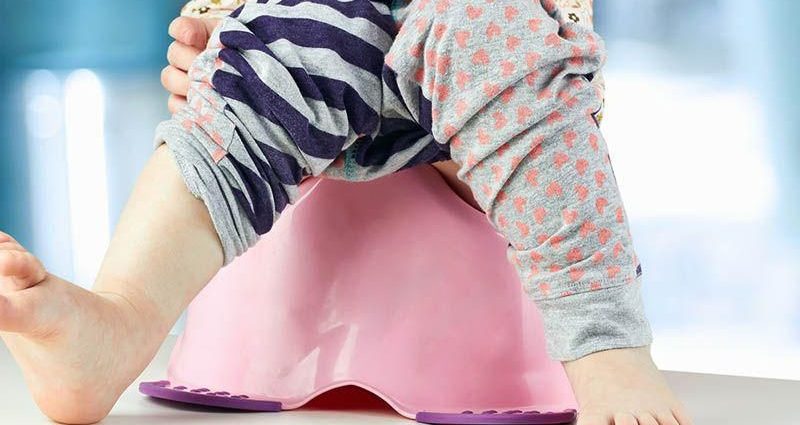MONDAY, April 10, 2023 (HealthDay News) — Potty training is a big transition for toddlers, and potty training boys and girls can be very different endeavors.
It can be a challenging time as a parent, requiring a lot of patience to help your little one successfully take this big step. Here’s how to know your child is ready for potty training, plus tips on how to be successful with potty training the first time around.
When to start potty training
Potty training is a unique experience for every child. Some children may be ready as early as 18 to 24 months, while others may be 3 before they are ready.
Nurse practitioner Rebecca Cesa recommends waiting until a child is 2-1/2 to 3-1/2 years old, because “that is when they have enough brain and bladder development to train successfully,” she said in a recent Cleveland Clinic article. “Forcing children to do something they’re not ready for can affect their development. Children can develop anxiety, especially around their parents, which can have repercussions on the parent-child relationship.”
The Mayo Clinic suggests asking yourself the following questions to assess your child’s readiness:
- Can your child walk to and sit on a toilet?
- Can your child pull down their pants and pull them up again?
- Can your child stay dry for up to two hours?
- Can your child understand and follow basic directions?
- Can your child communicate when they need to go?
- Does your child seem interested in using the toilet or wearing “big-kid” underwear?
If most of your answers were yes, then your child may be ready. If they were mostly no, then you may want to wait. If you start too early, it will take longer to train your child.
Consider holding off on potty training if there are any significant changes in the home. A move to a new house, a new sibling or a family crisis can make this time more challenging.
How to potty train a toddler
Dr. Abigail Klemsz said in a recent Riley Hospital for Children article that, “Regardless of the method you use, your child is mostly going to dictate how quickly the potty training goes, so your biggest job is to behave in a positive manner, and not to make the experience negative.”
Nemours KidsHealth recommends the following before toilet training begins:
- Use consistent words to describe using the bathroom, for example, “pee, poop and potty.”
- Have a potty chair in the house they can sit on while clothed.
- Identify their behaviors; if you notice them having a bowel movement ask, “Are you going poop?”
- Read books about potty training.
- You can dispose of the contents of a dirty diaper in the toilet and have your child flush the toilet. Let them observe you or a sibling using the bathroom and explain what happens.
The Mayo Clinic recommends using a fixed schedule when potty training begins:
- First thing in the morning
- When waking up from a nap
- Every two hours during the day
- Twenty minutes after a meal or if they drank a lot of fluids
Reading a book or playing with a toy can make this time enjoyable. Offer praise for simply sitting on the toilet. Don’t force your child to stay on the potty; you can always bring them back to the potty in 30 minutes.
If your child shows signs of needing to use the toilet, help them stop what they are doing and use the bathroom. Have them wear loose, easy-to-remove clothing.
How to potty train a girl
Potty training girls is a little different than boys. Teaching a girl how to wipe herself from front to back is necessary to prevent infections. The National Children’s Trust suggests teaching them how to pat themselves dry if they can’t master front to back. If necessary, you can help clean her bottom after a bowel movement.
How to potty train a boy
When potty training boys, it is easier to train them to pee sitting down and then move to standing up after bowel training is complete. If they insist on standing up, it is OK to let them. You can always add a “target” to the toilet to help them practice their aim.
How long does potty training take?
According to UC Davis Health, potty training takes about six months. Firstborn children tend to take longer, and girls tend to train sooner. Eighty percent of families will experience difficulties during potty training. Even if they are successful during the day, they may need diapers or pull-ups when sleeping.
If your child isn’t progressing, it is OK to stop training and try again in two to three months. Your pediatrician can provide advice and support along the way.
Copyright © 2025 HealthDay. All rights reserved.

